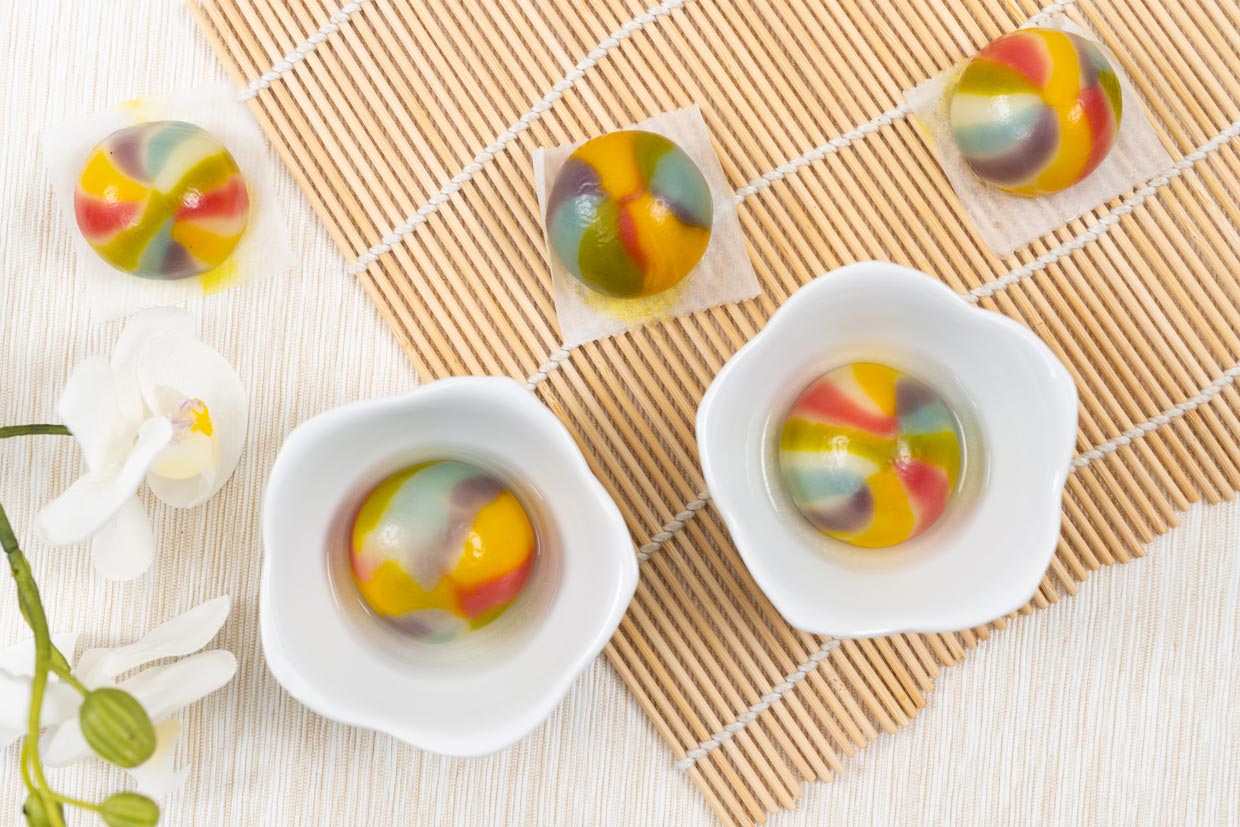Since the agricultural revolution, the countries of East Asia – notably China – have cherished days that celebrate the changing of the seasons. The Dongzhi Holiday, also known as the Winter Solstice, is one of these special Chinese festivals. Celebrated in China, Vietnam, Japan, and across the Korean peninsula, the festival falls on December 21st, 22nd, or even 23rd. Dongzhi literally means “the arrival of winter” (with “Dong” meaning winter and “Zhi” meaning arrival). Traditional celebrations feature an array of Chinese culinary delights – from warm dumplings and sweet Tangyuan to nourishing lamb dishes. In fact, many Chinese doctors recommend lamb during this season to boost health and ward off colds, while prayers for strength and longevity are an intrinsic part of the festivities.
A Glimpse into History
The origins of Dongzhi can be traced back some 2,500 years. According to legend, during the days following December 21st, when daylight slowly returned, a man named Zhougfong observed the mystical lengthening of days, inspiring people to mark the event as a turning point for renewal and hope. The holiday was later adopted as an official observance in the Han Dynasty, and it flourished through the Tang and Song Dynasties, reaching a peak during the Qing period. Although its widespread observance has diminished over time, Dongzhi remains an important tradition for many in China and beyond.
Popular Celebratory Foods
A hallmark of the Dongzhi Holiday is the special cuisine prepared to welcome the season. In northern China, dumplings take center stage, while in southern regions, glutinous rice balls (Tangyuan) are a favorite. For instance, residents in Suzhou lovingly prepare delicate wonton, whereas in provinces like Shandong and Ningxia, a hearty mutton soup is indispensable during the festivities. In cities such as Xiamen, a delicious Jiangsu Duck, enriched with ginger, often makes an appearance, and in Zhejiang, buckwheat noodles are served with unique customs meant to cleanse away impurities.
Regional variations further enrich the celebration. Eight Treasures Porridge, prepared with ingredients like daikon to help bolster resistance against the cold, is enjoyed in many parts of the country. In Hangzhou, locals bake soft glutinous rice cakes, while in Guangdong, roasted meats prevail. In various areas of southern China, glutinous rice mixed with sweet red beans is a seasonal treat, showcasing the culinary diversity and cultural significance of Dongzhi.

Various Ways to Celebrate Dongzhi
Worshipping Heaven
A tradition dating back to the Han Dynasty (202 BC – 220 AD), worshipping Heaven has long been intertwined with Dongzhi. The Temple of Heaven in Beijing stands as a magnificent testament to this age-old custom. Originally, Dongzhi was nearly synonymous with the Chinese New Year, as early practitioners believed that worshipping Heaven at the onset of winter would secure a bounteous and prosperous year ahead.
Counting the Nines of Winter
One of the most engaging Dongzhi folklore traditions is “Counting the Nines of Winter.” This practice divides the winter season into nine distinct nine-day periods. A traditional folk song describes each phase: the first two periods bring a biting cold that restricts even the simplest movements; the next two periods gradually allow walking on ice; the following two see early signs of spring as willow shoots emerge; the seventh period heralds the thawing of ice; the eighth witnesses the return of wild geese to the north; and during the final nine days, the farming season is set in motion. This time-honored tradition served not only as a measure of seasonal change but also aided communities in planning agricultural activities.
Family Reunion
In modern Chinese society, Dongzhi has evolved into a cherished opportunity for family reunions. Markets bustle with early preparations as families gather and share a sumptuous dinner, often featuring roasted meats and other festive dishes. Some restaurants even offer special “Winter Solstice Packages” to celebrate the season, reinforcing the festival’s role as a time for familial bonding and renewal.
Wine Making Rituals
Among the Hakka community, the Dongzhi water is considered exceptionally pure and flavorful. It is believed that water harvested during the Winter Solstice lends its smooth and sweet essence to wine. Consequently, traditional wine-making rituals during this period have become a celebrated cultural event, offering both a culinary and symbolic treat.
Honoring the Elderly
Respect for the elderly is deeply ingrained in Asian culture, and Dongzhi is no exception. In many households, younger family members express their gratitude and reverence by gifting new shoes and socks to their elders, symbolizing wishes for a long, happy, and healthy life.
Paying Tribute to Teachers
Teachers hold a revered status in Chinese society. On the Winter Solstice, it is customary for students to pay homage to their teachers by expressing gratitude for their invaluable guidance. Often, this day is also marked by group visits to memorials or temples dedicated to Confucius, the esteemed educator who laid the foundation for Chinese private schooling and Confucian philosophies.
Fading Customs
Before modern refrigeration, ice played a crucial role in preserving food. In northern China, communities would repair icehouses during Dongzhi and harvest ice from frozen rivers to store fruits for use well into the spring. Similarly, southern regions preserved fish with natural ice until the fishing season resumed. With technological leaps such as refrigerators, these customs have gradually faded, yet they remain a fond memory of the resourcefulness inherent in traditional Dongzhi celebrations.
| Year | Date of Winter Solstice |
|---|---|
| 2025 | December 21 |
| 2026 | December 21 |
| 2027 | December 21 |
| 2028 | December 21 |
| 2029 | December 21 |
| 2030 | December 22 |
Experience the rich tapestry of Chinese culture and traditions by exploring more about Dongzhi and other vibrant festivals at Chinese destinations. Whether through culinary adventures or age-old customs, the Winter Solstice offers a unique glimpse into the spirit of renewal and togetherness that defines the region’s heritage.































